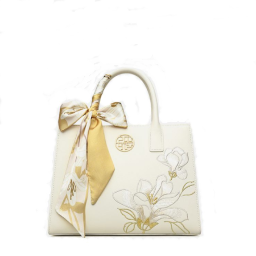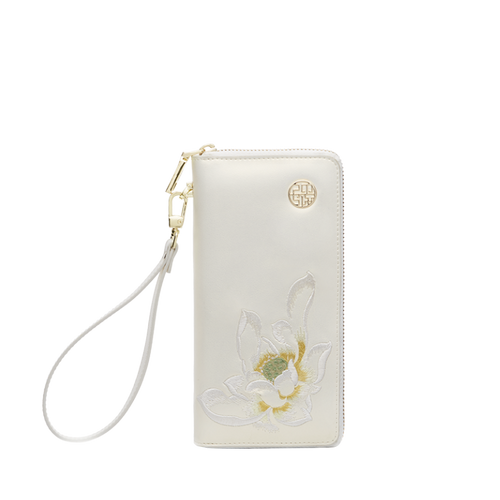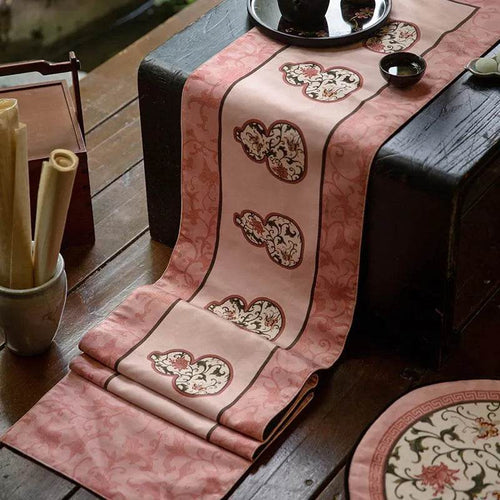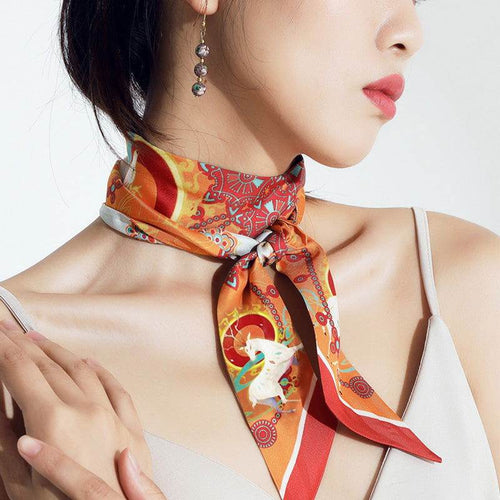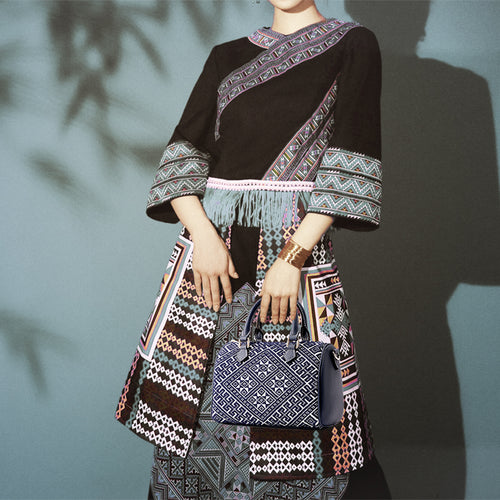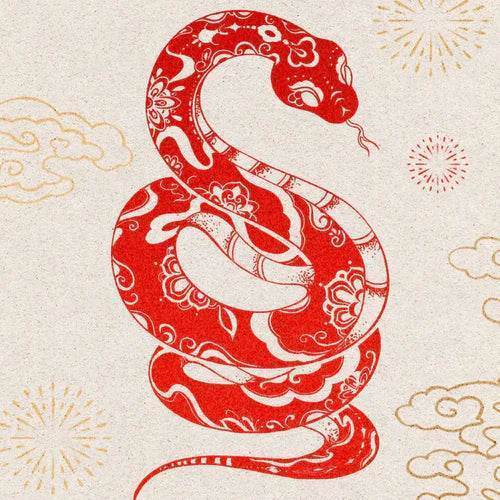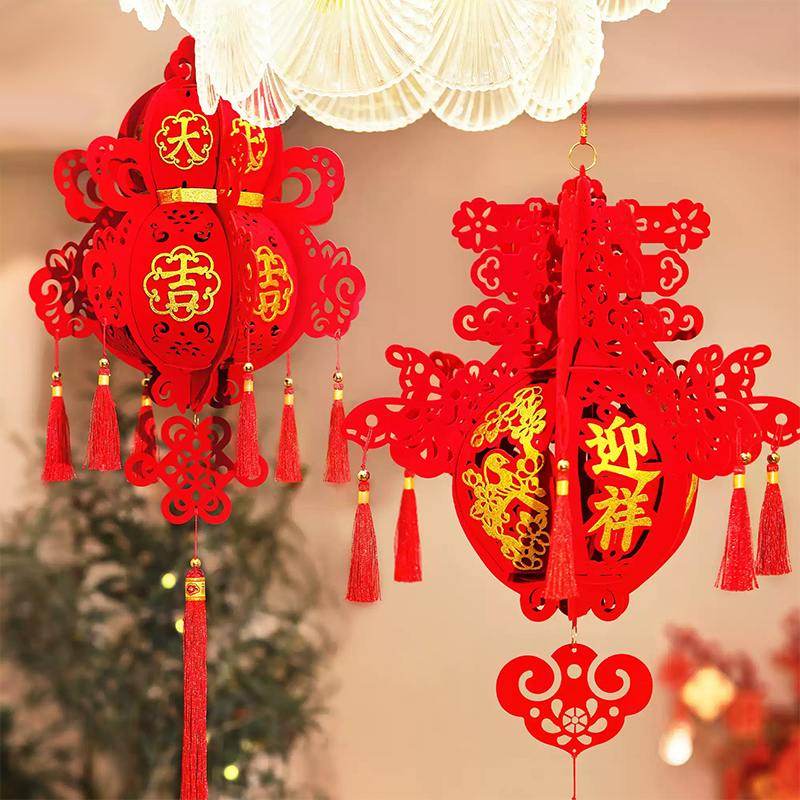تجاوزت السنة الصينية الجديدة، المعروفة أيضًا باسم السنة القمرية الجديدة أو مهرجان الربيع، حدود الصين ويتم الاحتفال بها الآن في العديد من البلدان حول العالم. نشأ المهرجان من التقاليد القديمة، وتطور على مر القرون مع انتشار المجتمعات الصينية في جميع أنحاء العالم. اليوم، لم يعد العام الصيني الجديد مجرد احتفال صيني، بل حدث نابض بالحياة ومتعدد الثقافات يوحد الناس من جميع الخلفيات، ويعكس الثقافات المتنوعة التي تبنت هذه المناسبة المبهجة. هدايا السنة الصينية الجديدة 2025
رأس السنة الصينية في جنوب شرق آسيا
تعد منطقة جنوب شرق آسيا موطنًا لبعض أكبر المجتمعات الصينية خارج الصين، مما يجعلها مركزًا للاحتفالات المذهلة بالعام القمري الجديد.

-
سنغافورة في سنغافورة، يعد رأس السنة الصينية أحد أهم المهرجانات في العام. تتحول المدينة إلى مدينة مليئة بالزخارف الجميلة والأحداث والطقوس التقليدية.
- أضواء الحي الصيني : تضاء شوارع الحي الصيني بالفوانيس المبهرة والديكورات الاحتفالية، والتي غالبًا ما تكون موضوعاتها حول حيوان برج العام.
- موكب تشينغاي : موكب متعدد الثقافات يشمل رقصات الأسد والعروض الماليزية والهندية والعوامات الملونة، مما يُظهر التنوع الثقافي الغني في سنغافورة.
- يو شنغ (رمي الرخاء) : طبق تقليدي مصنوع من الأسماك النيئة والخضروات يتم رميها من قبل العائلات والأصدقاء مع ترديد عبارات ميمونة، ترمز إلى الرخاء والحظ السعيد.
-
في ماليزيا ، يعتبر رأس السنة الصينية عطلة رسمية، ويجتمع الناس من جميع الأعراق للاحتفال.
- المنازل المفتوحة : تدعو العائلات الصينية الجيران والأصدقاء من خلفيات ثقافية مختلفة إلى منازلهم لمشاركة الطعام والاحتفال بالعيد معًا.
- زيارة المعابد : يزور العديد من الأشخاص المعابد، مثل معبد ثيان هو الشهير في كوالالمبور، للصلاة من أجل الحظ السعيد والازدهار في العام المقبل.
- رقصات الأسد : يتم أداء رقصات الأسد الملونة والحيوية في مراكز التسوق والشركات والمنازل لطرد الأرواح الشريرة وجلب البركات.
-
في إندونيسيا ، يحتفل المجتمع الصيني، المعروف باسم البيراناكان، بالعام الصيني الجديد، أو "الإمليك"، ويمزج بين التقاليد الصينية والتقاليد المحلية.
- عروض بارونجساي : تقدم فرق رقصة الأسد عروضها في الأماكن العامة والمنازل الخاصة.
- الاندماج الثقافي : يدمج المهرجان عناصر جاوية وبالية مثل موسيقى الغاميلان وملابس الباتيك، مما يخلق احتفالاً فريداً بالتنوع الثقافي.
رأس السنة الصينية في شرق آسيا
في شرق آسيا، يتم الاحتفال بالعام الصيني الجديد مع التشابه والاختلافات الإقليمية التي تعكس العادات الفريدة لكل بلد.

-
كوريا الجنوبية على الرغم من أن Seollal (رأس السنة القمرية الكورية) يتزامن مع رأس السنة الصينية، إلا أنه يتمتع بعادات كورية مميزة.
- شاري (الطقوس الأجدادية) : تقوم العائلات بإعداد عروض طعام مفصلة لتكريم أسلافهم، وهو جانب أساسي من احتفالات رأس السنة الكورية.
- ملابس الهانبوك : يرتدي الكوريون الملابس التقليدية المسماة "هانبوك" خلال الاحتفالات.
- لعبة يوتنوري : تلعب العائلات لعبة الطاولة التقليدية، يوتنوري، كجزء من متعة العطلة.
-
اليابان على الرغم من أن اليابان تحتفل بالعام الجديد في الأول من يناير، إلا أن احتفالات العام القمري الجديد أصبحت تحظى بشعبية متزايدة بين المجتمعات الصينية وغيرها في البلاد.
- احتفالات الحي الصيني : تعتبر يوكوهاما وكوبي موطنًا لاحتفالات الحي الصيني النابضة بالحياة، مع رقصات التنين والاستعراضات والألعاب النارية.
- القوائم الاحتفالية : تقدم المطاعم الصينية في جميع أنحاء اليابان أطباق خاصة بمناسبة السنة القمرية الجديدة، مما يجذب المغتربين الصينيين والرعاة اليابانيين على حد سواء.
رأس السنة الصينية في الدول الغربية
وفي الدول الغربية، اكتسبت احتفالات السنة الصينية الجديدة أهمية ثقافية كبيرة، وذلك بفضل وجود مجتمعات صينية كبيرة والاهتمام العالمي المتزايد بالثقافات الآسيوية.

-
يتم الاحتفال بالعام الصيني الجديد في الولايات المتحدة على نطاق واسع في المدن التي تضم عددًا كبيرًا من السكان الصينيين، مثل سان فرانسيسكو، ونيويورك، ولوس أنجلوس.
- المسيرات : يعد موكب رأس السنة الصينية في سان فرانسيسكو أحد أقدم وأكبر المسيرات في العالم، ويتميز بالعوامات المتقنة ورقصات الأسد والألعاب النارية.
- الأحداث الثقافية : تستضيف مدن مثل نيويورك مهرجانات ثقافية تتميز بالموسيقى الصينية والفنون القتالية والمأكولات الصينية، مما يجذب جماهير متنوعة.
- البرامج المدرسية : تقوم العديد من المدارس بدمج أنشطة السنة القمرية الجديدة، وتثقيف الطلاب حول الثقافة والتقاليد الصينية.
-
كندا في كندا، وخاصة في مدن مثل فانكوفر وتورنتو، يتم الاحتفال بالعام الصيني الجديد بحماس.
- المعارض الثقافية : تستضيف المتاحف والمراكز الثقافية معارض وعروضًا تعرض الفن والتاريخ والتقاليد الصينية.
- الاحتفالات متعددة الثقافات : إن التنوع السكاني في كندا يعني أن الاحتفالات غالبًا ما تتضمن عناصر من ثقافات آسيوية أخرى، مما يعكس المشهد الثقافي الغني في البلاد.
-
المملكة المتحدة في المملكة المتحدة، يتم الاحتفال بالعام الصيني الجديد باعتباره حدثًا رئيسيًا في مدن مثل لندن ومانشستر وليفربول.
- مهرجان ميدان ترافالغار : يستضيف ميدان ترافالغار في لندن مهرجانًا يستمر يومًا كاملاً يتضمن رقصات التنين والموسيقى الحية وأكشاك الطعام والمزيد.
- العروض الخاصة للمطاعم الصينية : تقدم العديد من المطاعم الصينية في المملكة المتحدة قوائم خاصة بالعام الجديد، مما يسمح للسكان المحليين بالاستمتاع بالأطباق الصينية التقليدية.
رأس السنة الصينية في أوقيانوسيا
وفي أوقيانوسيا، يعد رأس السنة الصينية مهرجاناً بارزاً، وخاصة في بلدان مثل أستراليا ونيوزيلندا، حيث ازدهرت المجتمعات الصينية.

-
أستراليا في مدن مثل سيدني وملبورن وبريسبان، تقام احتفالات واسعة النطاق بمناسبة رأس السنة الصينية.
- الفوانيس القمرية : يتم إضاءة رصيف سيدني الدائري بفوانيس عملاقة تصور حيوان برج العام، مما يضيف توهجًا سحريًا إلى المدينة.
- سباقات قوارب التنين : تقام سباقات قوارب التنين في المناطق المطلة على الواجهة البحرية، وتوفر ترفيهًا مثيرًا وتجربة ثقافية ذات مغزى.
- احتفالات شاملة : تجمع هذه الأحداث أشخاصًا من مختلف مناحي الحياة للاستمتاع بالطعام الصيني والعروض الثقافية والترفيه.
-
في نيوزيلندا ، يتم الاحتفال بالعام الصيني الجديد في مدن مثل أوكلاند وويلينجتون مع التركيز على التبادل الثقافي.
- العروض الثقافية : الرقصات الصينية التقليدية والموسيقى وعروض الفنون القتالية هي أبرز ما يميز الاحتفالات.
- الأنشطة المناسبة للعائلة : غالبًا ما تشمل الفعاليات أنشطة مثل ورش عمل صناعة الفوانيس، ورواية القصص، والفنون والحرف اليدوية للأطفال.
الجاذبية العالمية للعام الصيني الجديد

إن الانتشار العالمي لاحتفالات رأس السنة الصينية هو شهادة على الجاذبية الدائمة والقدرة على التكيف التي يتمتع بها هذا المهرجان القديم. ومع استمرار الاحتفالات في النمو والتطور، فإن احتفالات رأس السنة الصينية لا تحافظ على أهميتها الثقافية فحسب، بل إنها تعمل أيضًا على سد الفجوات بين الثقافات، وتعزيز الوحدة والاحترام المتبادل في جميع أنحاء العالم.
سواء في شوارع سنغافورة النابضة بالحياة، أو المناظر الطبيعية الثلجية في كندا، أو الشواطئ المشمسة في أستراليا، فإن العام الصيني الجديد يجلب الفرح والأمل والشعور بالانتماء للناس في كل مكان. إنه احتفال يتجاوز الحدود، ويربط العالم من خلال التقاليد المشتركة والروح العالمية للتجديد.




